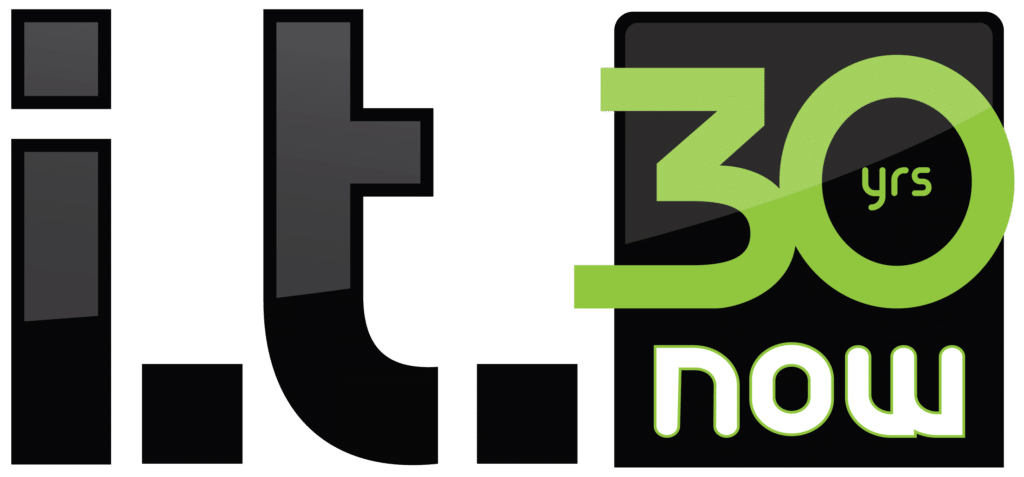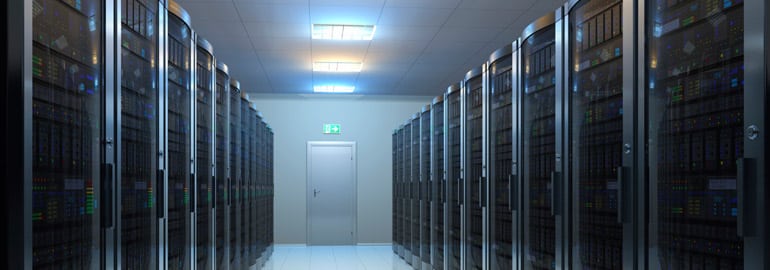Servers are a critical piece of your business network and the hardware that they run on should be carefully selected to fit your specific business needs. There are a few guidelines that you should follow that will allow you to have a greater return on your hardware investment and lower support costs. From a support standpoint there are a few hardware choices you can make that will save you a lot of time and money. These include drive configuration, remote access cards, and power supply selection.
Drive configuration
Drive selection is pretty important both from a performance and a redundancy standpoint. If you’re doing onboard storage in your server it’s important that you build some redundancy into your system. This is done by using 3 or more hard drives to create what’s called a RAID. This drive configuration allows the data to be shared across the drives in such a way that a single drive can fail without any data loss. Most servers can be set up to notify you when this happens so that you can quickly replace the failed drive and the array will rebuild. This gives you a certain amount of peace of mind with your business data. This hard drive configuration also substantially increases the drive’s performance at the same time, so it’s a good hardware investment on two fronts.
Remote access cards
DRAC and ILO remote access cards are often overlooked, but they are a great little addition to your server that pay for their cost the very first time they are used. These cards are sometimes called a “lights out” card and are designed to give you remote access to the system regardless of whether the machine is powered on or whether an operating system is installed or functional. This can go a long way when you have to troubleshoot a server at a remote location. The cost is usually just a couple hundred bucks, and it’s totally worth the investment.
Power supply
The last area that I’ll mention is power supplies. There are a couple things to look for here. One is that your power supply is correctly sized for your server. Energy costs are something that most folks don’t consider on their server purchases, but being conscious of this can save you significantly on your power bills. The second thing to look for is redundancy. Almost all new servers will give you the option of adding a second power supply. Since this is one of the most common components to fail on a server, paying extra for the redundancy is recommended. The cost of downtime for most businesses quickly surpasses what you pay for the hardware upgrade.
There are a lot of other things to consider when making your server hardware purchase. What operating system should I run? How much memory do I need? What RAID configuration is best for my use of this server? There are a myriad of other considerations. If you have questions about what you need for your business feel free to contact the pros at i.t.NOW!


